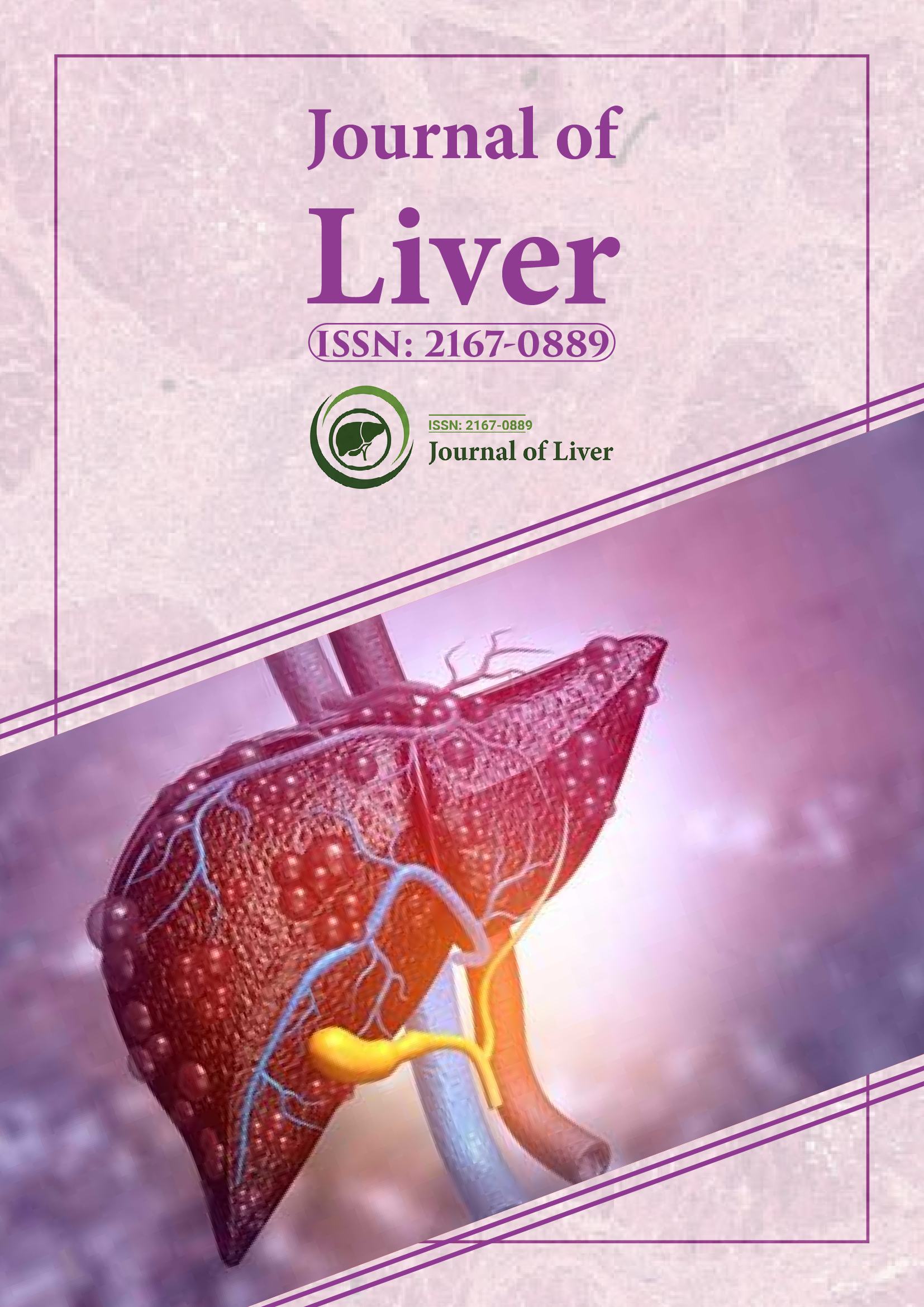Indexed In
- Open J Gate
- Genamics JournalSeek
- Academic Keys
- RefSeek
- Hamdard University
- EBSCO A-Z
- OCLC- WorldCat
- Publons
- Geneva Foundation for Medical Education and Research
- Google Scholar
Useful Links
Share This Page
Journal Flyer

Open Access Journals
- Agri and Aquaculture
- Biochemistry
- Bioinformatics & Systems Biology
- Business & Management
- Chemistry
- Clinical Sciences
- Engineering
- Food & Nutrition
- General Science
- Genetics & Molecular Biology
- Immunology & Microbiology
- Medical Sciences
- Neuroscience & Psychology
- Nursing & Health Care
- Pharmaceutical Sciences
Perspective - (2025) Volume 14, Issue 2
Patterns of gene expression influencing bile acid metabolism in fatty liver
Serge Schoofs*Received: 26-May-2025, Manuscript No. JLR-25-29524; Editor assigned: 28-May-2025, Pre QC No. JLR-25-29524 (PQ); Reviewed: 11-Jun-2025, QC No. JLR-25-29524; Revised: 18-Jun-2025, Manuscript No. JLR-25-29524 (R); Published: 25-Jun-2025, DOI: 10.35248/2167-0889.25.14.255
Description
Fatty liver disease in dairy cows is a frequent metabolic disorder during the transition period and is closely associated with impaired lipid and bile acid metabolism. Bile acids act not only as detergents for lipid digestion but also as signaling molecules that regulate energy homeostasis. The expression of hepatic genes involved in bile acid synthesis, transport, and regulation provides important insights into the metabolic adaptations and dysfunctions that accompany fatty liver [1].
Fatty liver is one of the most common metabolic disorders observed in high-yielding dairy cows, particularly during the early postpartum period. This condition is characterized by excessive accumulation of triglycerides in hepatocytes, largely due to negative energy balance, increased mobilization of nonesterified fatty acids from adipose tissue, and impaired hepatic lipid export. While the direct consequences of hepatic fat deposition are well recognized, increasing attention has been directed toward understanding how bile acid metabolism interacts with hepatic lipid homeostasis [2].
Bile acids serve a dual purpose. They are detergents required for the emulsification and absorption of dietary fats in the intestine, and they function as regulatory molecules influencing gene expression, glucose metabolism, and lipid turnover through nuclear receptors and signaling pathways. Disturbances in bile acid metabolism may exacerbate hepatic fat accumulation, alter liver function, and compromise overall metabolic health in dairy cows [3].
Evaluating hepatic gene expression related to bile acid metabolism in cows with fatty liver provides valuable insights into the pathophysiology of this condition [4].
Fatty liver in dairy cows
Fatty liver develops when the rate of hepatic uptake of nonesterified fatty acids exceeds the liver’s capacity for oxidation and Very-Low-Density Lipoprotein (VLDL) secretion. During early lactation, cows experience a sharp increase in energy demand for milk production, often accompanied by reduced feed intake. This negative energy balance triggers adipose tissue lipolysis, releasing large amounts of fatty acids into circulation. The liver responds by oxidizing fatty acids for energy or re-esterifying them into triglycerides. However, when these pathways are overwhelmed, triglycerides accumulate within hepatocytes, leading to fatty liver. This condition compromises hepatic function, increases susceptibility to other metabolic disorders such as ketosis, and negatively affects milk yield and reproductive performance [5].
Recent evidence suggests that alterations in bile acid metabolism may be an overlooked factor contributing to the severity of fatty liver. Dysregulation of bile acid synthesis and transport genes can impair lipid digestion, reduce metabolic flexibility, and exacerbate hepatic lipid accumulation [6].
Bile acid and lipid metabolism
Bile acids regulate lipid metabolism through signaling pathways involving FXR, Liver X Receptor (LXR), and Peroxisome Proliferator-Activated Receptors (PPARs). In dairy cows with fatty liver, reduced bile acid synthesis limits FXR activation, which in turn disrupts lipid and glucose metabolism. This creates a cycle in which impaired bile acid production worsens triglyceride accumulation, and lipid accumulation further suppresses bile acid-related genes [7].
In addition, altered bile acid metabolism may influence the gut microbiota, which plays a role in bile acid composition and signaling. Imbalances in microbial bile acid transformation can further impact hepatic metabolism and systemic energy balance [8].
Fatty liver in dairy cows is accompanied by significant alterations in hepatic gene expression related to bile acid metabolism. Downregulation of transporters, combined with dysregulation of nuclear receptors such as FXR, indicates that bile acid pathways play an important role in the progression of this condition. Recognizing the interaction between bile acid and lipid metabolism is essential for improving dairy cow health and productivity. Continued research in this area has the potential to enhance prevention, diagnosis, and nutritional management strategies, thereby supporting both animal welfare and farm efficiency [9].
Citation: Schoofs S (2025). Patterns of Gene Expression Influencing Bile Acid Metabolism in Fatty Liver. J Liver. 14:255.
Copyright: © 2025 Schoofs S. This is an open-access article distributed under the terms of the Creative Commons Attribution License, which permits unrestricted use, distribution, and reproduction in any medium, provided the original author and source are credited.
